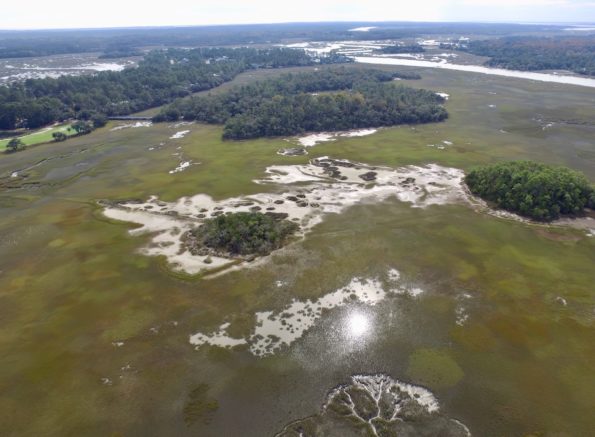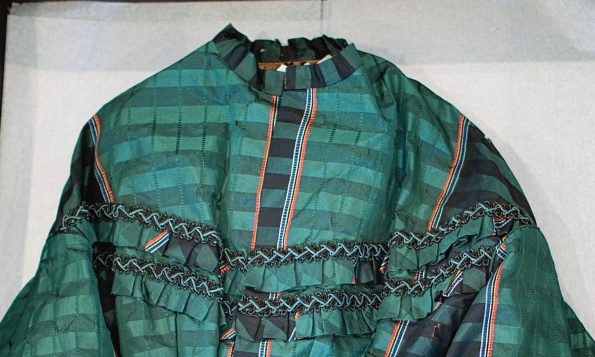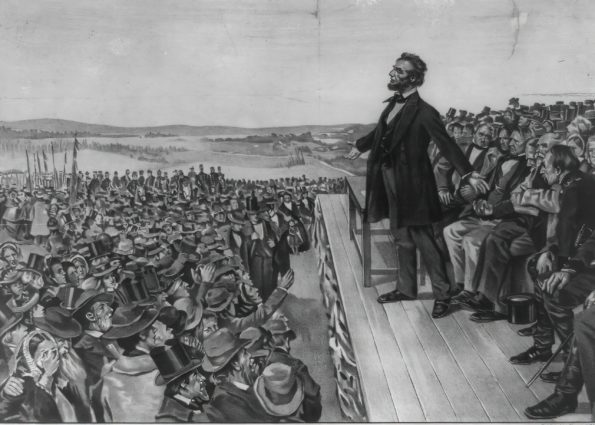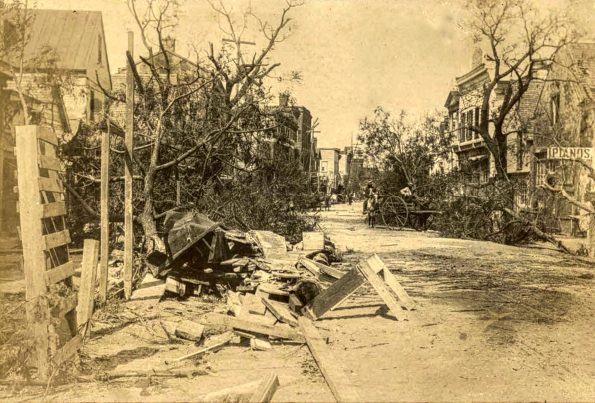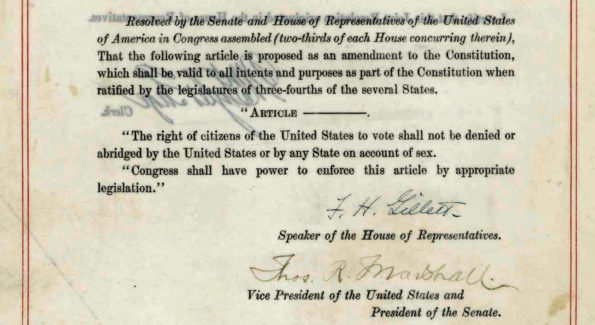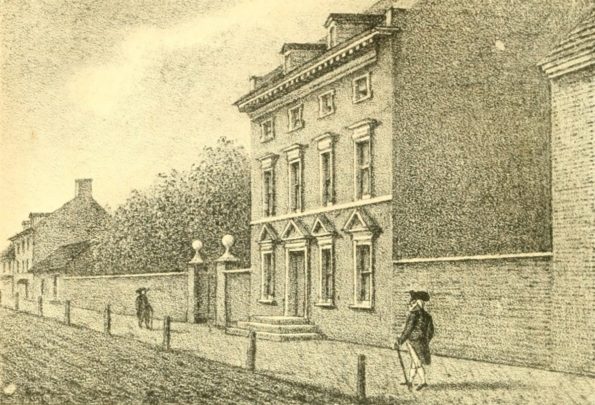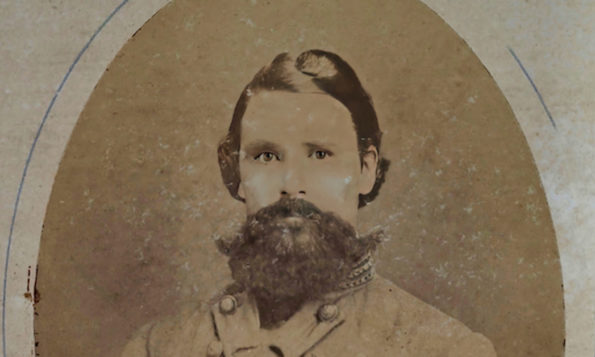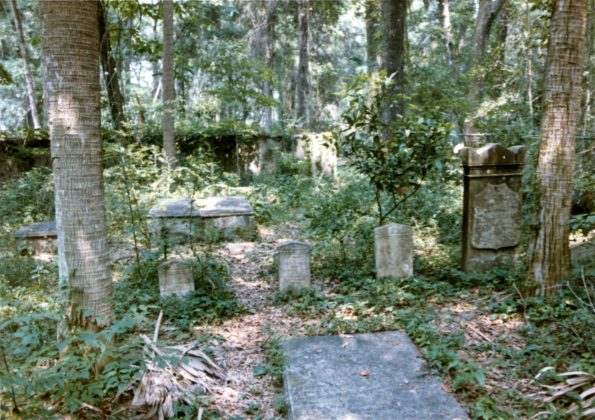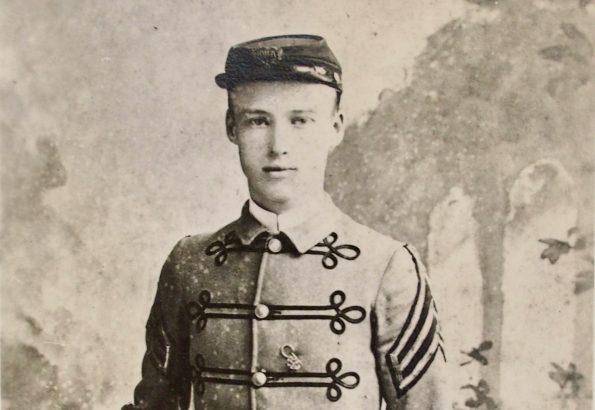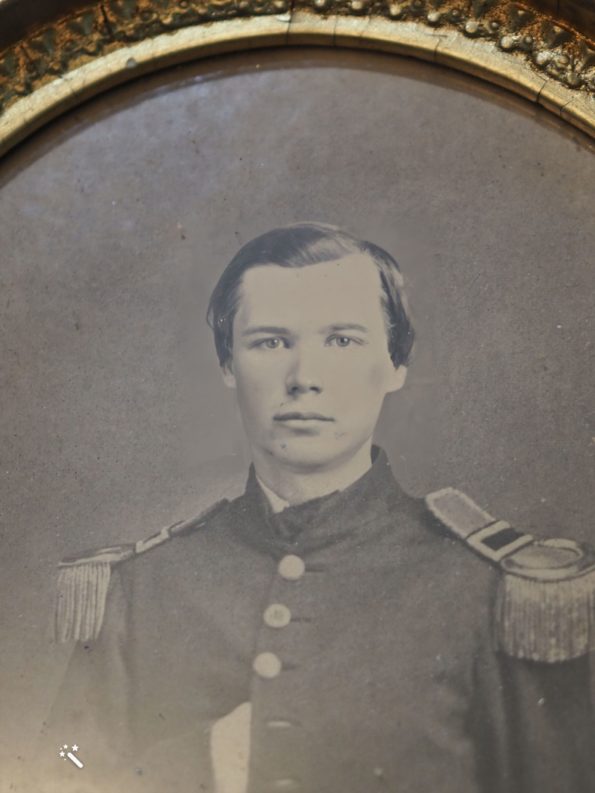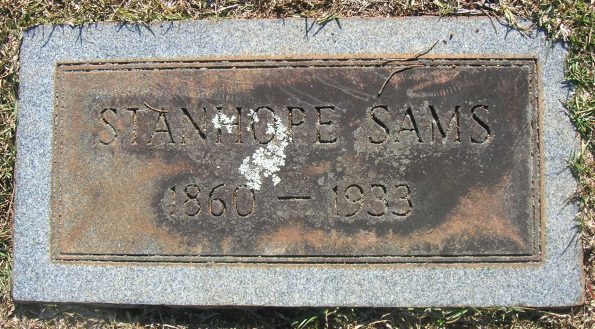Oak Island
Water in motion is beautiful—most of the time. But once in a while, it grows from a rising tide into a boiling hurricane. Water indeed defines much of the character of our Lowcountry. It flushes and nurtures the marsh. Defines the borders of our island. And pushes us away when a hurricane approaches.Most of you reading this know about the beauty of the waters around Dataw. It’s a contributing reason I live here. The “beast face” of water is fortunately seen less often. This week I’m going to tell you about, by far, the most massive hurricane this area has ever experienced—the hurricane of 1893. And I’m going to tell you a little know story of Ting Sams Colquhoun’s ancestors that met their death in that hurricane.


